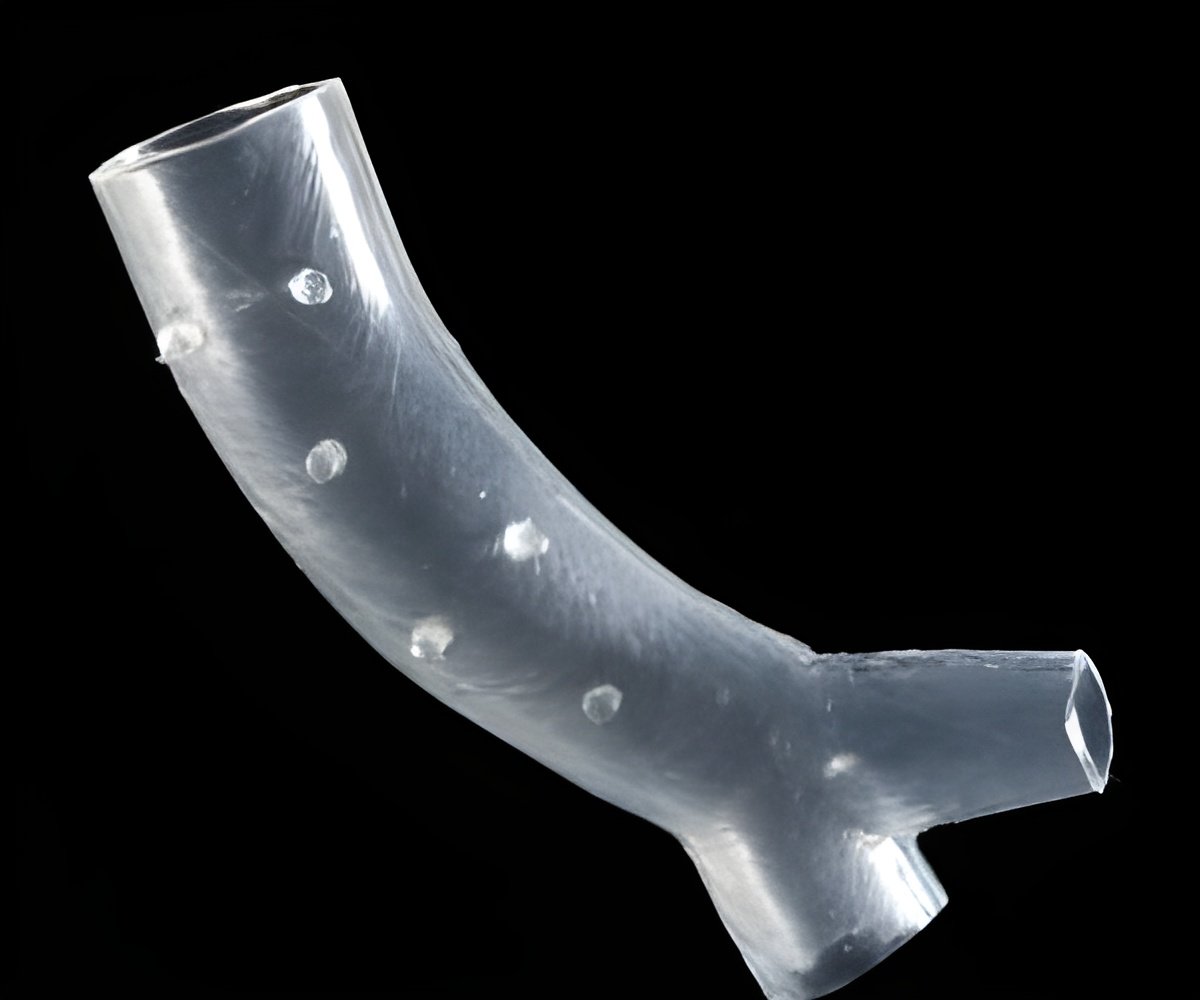
‘Newly designed bio-ink allows small human-sized airways for the first time to be 3D-printed with the help of patient cells. These 3D-printed constructs were tolerated well and also supported new blood vessels in a mouse model closely resembling immunosuppression (similar to patients undergoing organ transplantation).’
Tweet it Now
Chronic lung diseases are the third leading cause of death worldwide with an EU cost of more than €380 billion annually. The only end-stage option for these patients is lung transplantation. But the clinical demand for donor's lungs often fail. Fabricating lungs in the lab by combining cells with a bioengineered scaffold is one significant way to increase the number of lungs available for transplantation.
The team attempted to fabricate small tubes that are found in both airways and the vasculature of the lung using the newly designed bioink (a printable material derived from seaweed, alginate, and extracellular matrix derived from lung tissue) with stem cells isolated from patient airways. This bioink can be adapted for any tissue or organ type.
"These next-generation bio-inks also support the maturation of the airway stem cells into multiple cell types found in adult human airways, which means that fewer cell types need to be printed, simplifying the nozzle numbers needed to print tissue made of multiple cell types". "We hope that further technological improvements of available 3D printers and further bio-ink advances will allow for bioprinting at a higher resolution to engineering larger tissues which could be used for transplantation in the future. We still have a long way to go", says Darcy Wagner, Associate Professor and senior author of the study.
The team successfully demonstrated that the 3D-printed constructs were tolerated well and also supported new blood vessels in a mouse model closely resembling immunosuppression (similar to patients undergoing organ transplantation). However, the resolution of the 3D-bioprint for distal lung tissue and the air sacks (alveoli, that are vital for gas exchange) is to be improvised.
Advertisement
Source-Medindia







